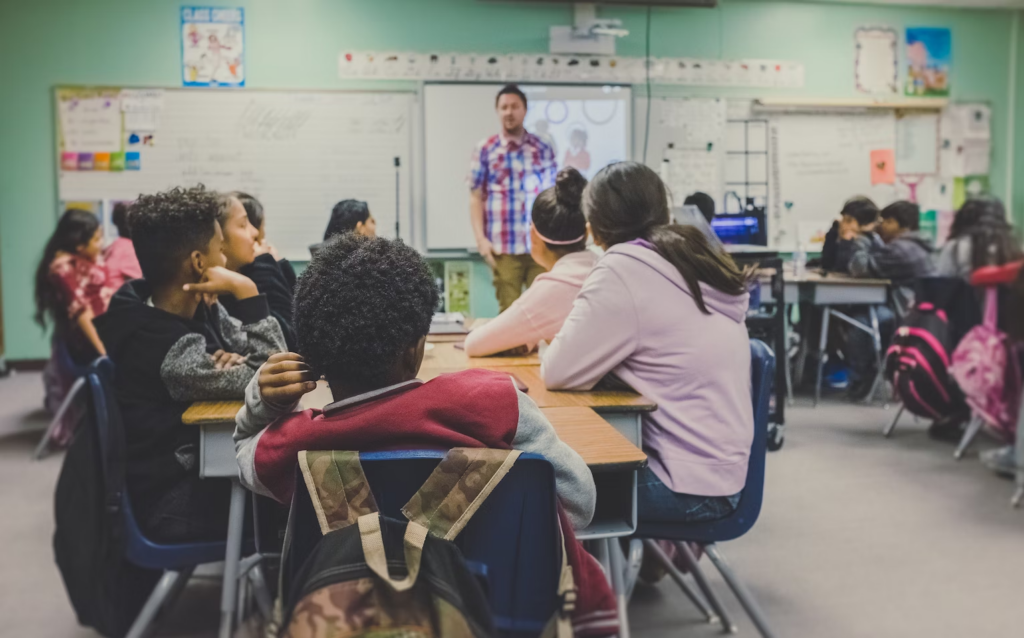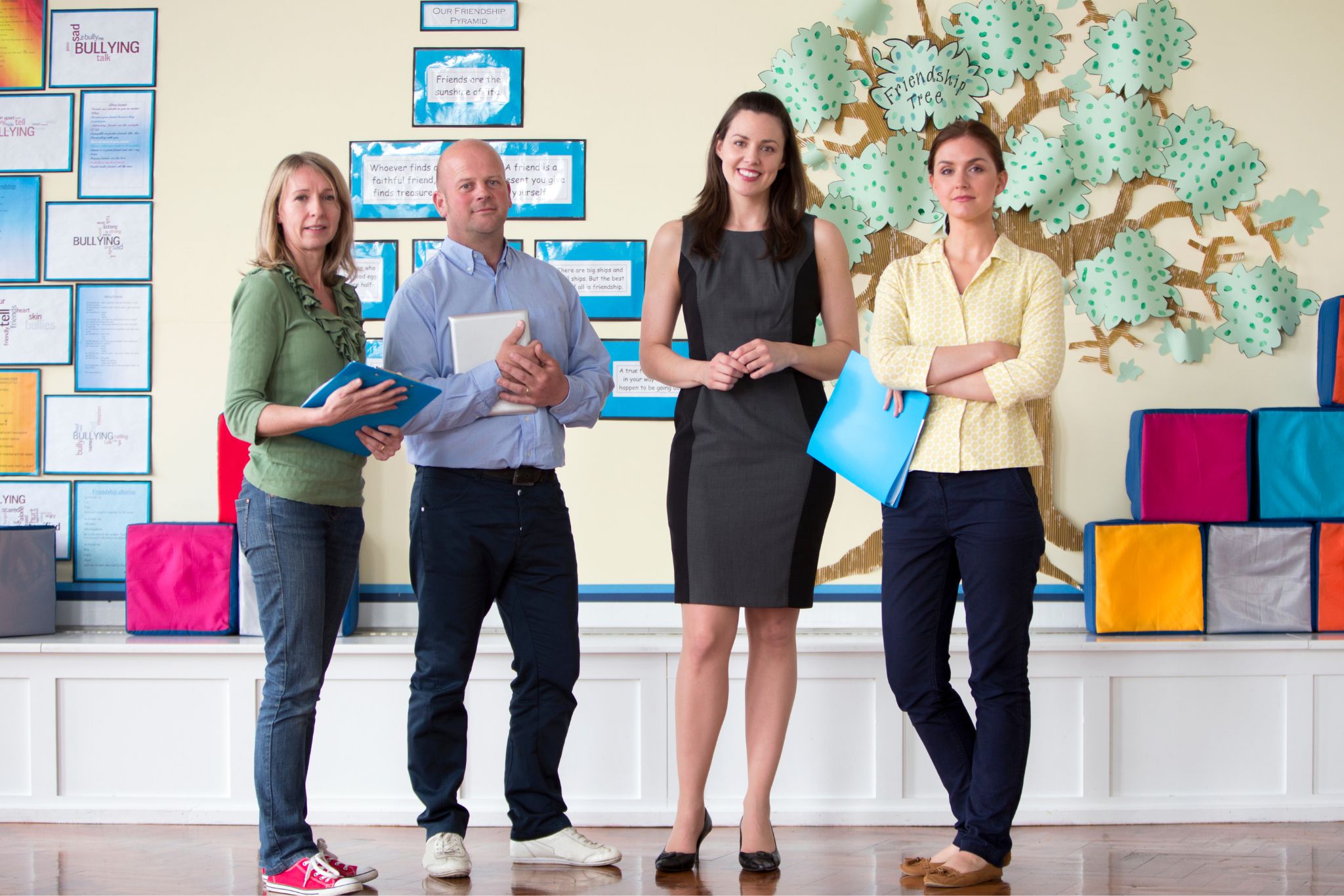Inculcating diversity in all walks of life should be considered a top priority. While there is ample discussion happening with regard to diversity and its importance, especially in places like workplaces, diversity in classrooms is often overlooked. Though this may be a thought that has never crossed our minds because we don’t imbue value to it, cultural diversity in a classroom is one of the most cardinal factors in enhancing students’ sense of identity and fostering inclusion. However, despite the growing importance of multiculturalism in schools, there is a severe deficiency of it within Australia’s teaching workforce.
The current situation
A recent report from the Melbourne Graduate School of Education at the University of Melbourne emphasises the importance of diversifying the teaching profession in Australia. The report brings to attention how there is a lack of strategies to attract and retain teachers from underrepresented groups, including Indigenous individuals, those from rural and remote areas, people from socioeconomically disadvantaged backgrounds, and individuals with disabilities. Associate Professor Suzanne Rice, the lead author, highlighted the absence of adequate policies focused on increasing diversity in the teaching workforce, which currently lacks representation from the broader Australian population.
A simple glance at the statistics will illustrate how unequally distributed the pie chart is. A meagre value of 6% of teachers report having a disability, only 17% were born overseas, and less than 2% identify as Indigenous. The numbers are alarming. Rural and disadvantaged schools often struggle to fill teaching positions, with students from these backgrounds facing lower educational attainment. Teachers from minority groups are the ones who are more likely to not abandon such school environments, establishing strong connections with the community. The report brings to our attention that teachers who grew up in disadvantaged areas are more inclined to teach and stay in similarly disadvantaged schools, while those from rural areas tend to teach and remain in rural schools. A pattern that has become repetitive and naturalised over time. In other words, Australia is currently facing a palpable teacher shortage, and the impact is not uniform across all schools. Introducing greater diversity into the teaching profession can play a crucial role in minimising the challenges of recruiting and retaining teachers in these schools. A diversification of the teaching workforce has the potential to improve overall student outcomes and educational experiences across the educational spectrum.

The push to have a more diverse workforce can be misread by many people. The first question that will materialise in their heads is, should competence be compromised in the process of accommodating diversity? The answer is no. When authorities or researchers claim that a workforce requires more diversity, what they imply is that the process of hiring employees, teachers in this case, and retaining them should happen sans bias. Everyone should get an equal chance to be considered eligible for scoring a position. What is implied when one means that the teaching workforce should be diversified is that an individual should not be ruled out as a potential candidate just because they are of a different skin colour, gender or have a disability. The biggest concern in the Australian teaching workforce is that it does not reflect the rich diversity that is present in the Australian community. Looking at this issue from a point of departure as such will allow a better understanding.
Diversity matters
In her widely shared TEDTalk titled ‘I’m not your inspiration, thank you very much,’ the late Australian journalist and comedian Stella Young recounted an eye-opening experience during her placement as a teaching candidate. She was instructing a high school Legal Studies class when, after just twenty minutes into her lesson on defamation law, a student asked when she was going to deliver an inspirational speech typically given by people in wheelchairs in the school’s big hall. This incident made Stella Young realise that this student had only encountered disabled individuals as sources of inspiration, not as regular teachers, doctors, or service providers. Disabled people, in the eyes of many, seemed more like symbols of inspiration rather than ordinary individuals. The aftermath of romanticising them. The children have not been exposed to a society where persons with disabilities live similar lives as they do. Therefore, persons with disabilities are confined to a sphere where they are inspirations and inspirations only.
Young vehemently criticised the widespread misconception that all disabled people are inherently extraordinary and that their primary role is to motivate those without disabilities. She challenged the idea that the disabled community should be pigeonholed into this role, emphasising that they should be recognized as fully-fledged, multidimensional human beings in society. In her closing statements, Stella Young expressed her desire for a world where it’s entirely unremarkable for a high school student in Melbourne to have a wheelchair user as their teacher, without any element of surprise or preconceived notions based on disability. This is just one of the many issues that can be addressed by opening students up to a diverse teacher base.
Additionally, educators from underrepresented backgrounds, such as teachers of colour, play a crucial role in enhancing student achievement, particularly for students from the same minority groups. Research indicates that teachers from these backgrounds often have higher expectations for their minority students compared to their counterparts from the majority. For instance, Black teachers often set greater expectations for Black students, and this leads to increased student effort and better outcomes. Teachers from minority groups also serve as important role models for individuals with similar backgrounds. They inspire and motivate students by exemplifying what can be achieved, fostering a sense of aspiration and possibility.
Moreover, these educators function as cultural bridges facilitating communication and understanding between students, parents, and colleagues from underrepresented backgrounds. This fosters a sense of belonging and appreciation for different cultural perspectives.
Another advantage is the tendency for teachers from minority groups to remain in schools that face staffing challenges, particularly in hard-to-staff areas. For instance, educators from ethnic minorities are more likely to teach and continue working in schools with a significant number of minority students, while teachers from rural backgrounds tend to stay and teach in rural schools. This commitment to challenging teaching environments is invaluable, especially during staffing crises, as it ensures a stable presence of educators in the schools most in need.
Taking all things into consideration, it is vital that policymakers, authorities and even school contexts and cultures actively indulge diversity in teaching. The effectiveness of encouraging individuals from minority groups to enter the teaching profession hinges on the school’s context and culture. Mere recruitment efforts won’t suffice if the workplace’s systems and cultural norms fail to provide adequate support and embrace diversity. It’s essential for school leaders, parents, and students to acknowledge that a diverse teaching staff enhances the overall strength of the school community. This should then be translated into meaningful support for minority staff members.
To create an inclusive environment, schools should become places where diverse teachers not only feel welcomed but are also able to thrive and contribute their unique perspectives and talents. Policymakers and educational institutions must grasp that the diversity of the teaching workforce is an integral component of overall school quality. Prioritising teacher workforce diversity is pivotal to creating more inclusive and effective educational settings.
(Sandunlekha Ekanayake)
